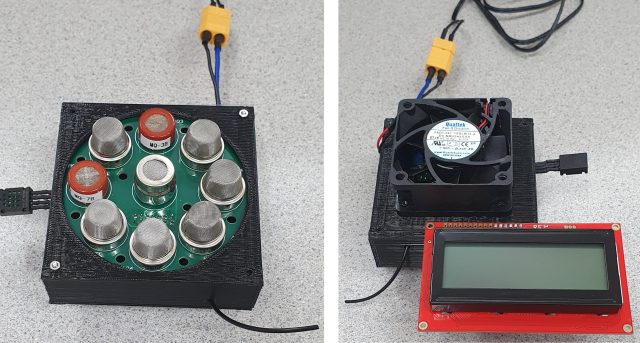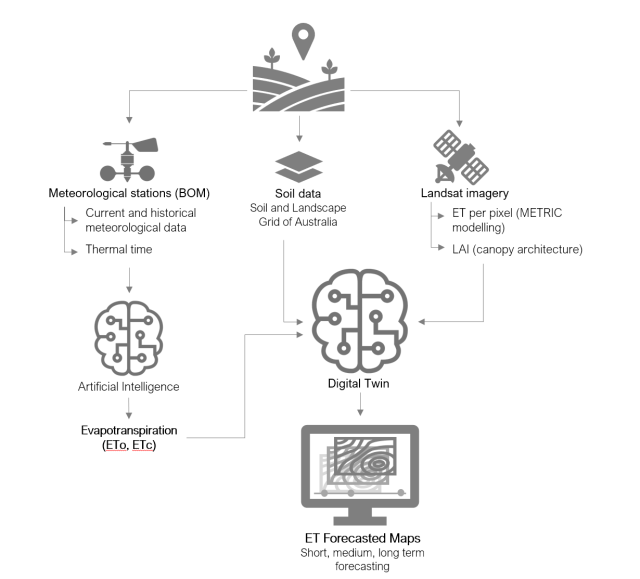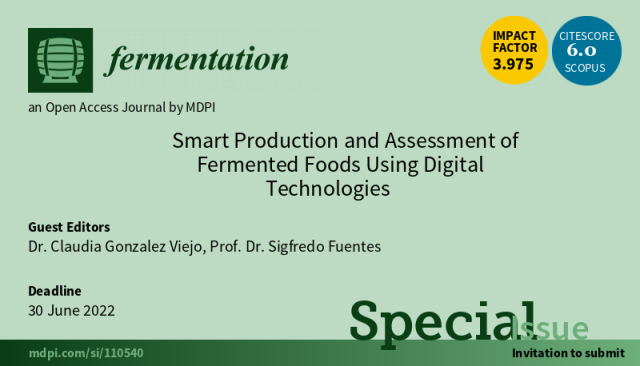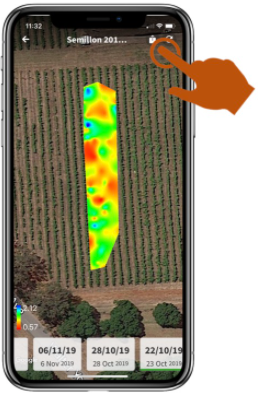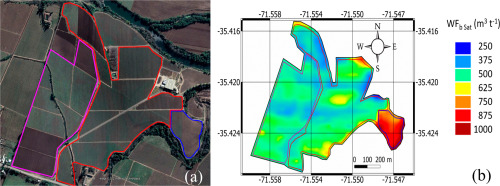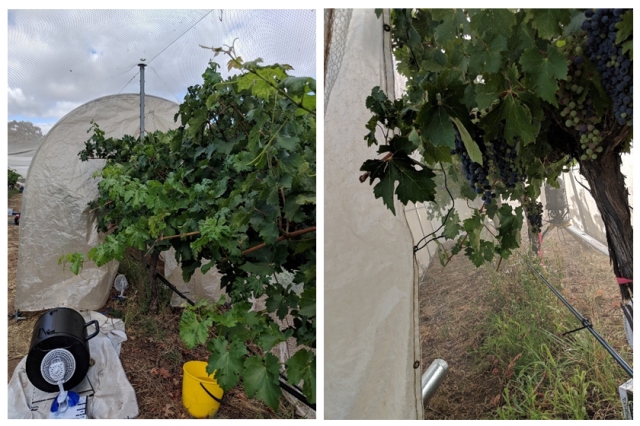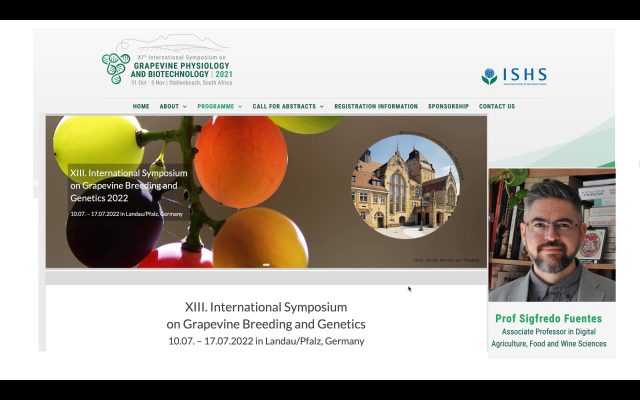New Electronic Nose (E-Nose) Mark III (wireless) to assess volatile compounds of food, beverages, animals and plants
There has been a growing interest in the application of artificial intelligence (AI) in food, beverages, plants and animals for rapid, low-cost reliable and efficient assessment of products’ quality. Therefore, tools such as e-noses have been developed. The Digital Agriculture Food and Wine Group has developed the fully wireless, portable and low-cost Mark III e-nose (Figure 1) to assess quality of food and beverages as well as early detection of infestation of insects in plants and diseases in plants and animals.
Figure 1. Electronic nose Mark III showing (a) nine MOS sensors sensitive to different gases and (b) fan to avoid gas saturation and removable screen for quick visualisation of outputs.
For more information click HERE
Papers and book chapter published using previous e-nose versions (Mark I and II):
Papers:
- Gonzalez Viejo, C., and Fuentes, S. 2022. Digital detection of olive oil rancidity levels and aroma profiles using near-infrared spectroscopy, a low-cost electronic nose and machine learning modelling. Chemosensors. 10(5), 159.
- Aznan, A., Gonzalez Viejo, C., Pang, A., and Fuentes, S. Rapid Assessment of Rice Quality Traits using a Low-Cost Digital Technologies. Foods. 11(9), 1181.
- Gonzalez Viejo C., and Fuentes S. 2022. Digital Assessment and Classification of Wine Faults Using a Low-cost Electronic nose, near-infrared spectroscopy and Machine Learning Modeling. Sensors, 22(6) 2303.
- Fuentes, S., Tongson, E., Unnithan, R.R. and Gonzalez Viejo, C., 2021. Early Detection of Aphid Infestation and Insect-Plant Interaction Assessment in Wheat Using a Low-Cost Electronic Nose (E-Nose), Near-Infrared Spectroscopy and Machine Learning Modeling. Sensors, 21(17), p.5948.
- Summerson, V., Gonzalez Viejo, C., Pang, A., Torrico, D.D. and Fuentes, S., 2021. Assessment of volatile aromatic compounds in smoke tainted Cabernet Sauvignon wines using a low-cost e-nose and machine learning modelling. Molecules, 26(16), p.5108.
- Gonzalez Viejo, C., Fuentes, S. and Hernandez-Brenes, C., 2021. Smart Detection of Faults in Beers Using Near-Infrared Spectroscopy, a Low-Cost Electronic Nose and Artificial Intelligence. Fermentation, 7(3), p.117.
- Summerson, V., Gonzalez Viejo, C., Torrico, D.D., Pang, A. and Fuentes, S., 2021. Digital Smoke Taint Detection in Pinot Grigio Wines Using an E-Nose and Machine Learning Algorithms Following Treatment with Activated Carbon and a Cleaving Enzyme. Fermentation, 7(3), p.119.
- Gonzalez Viejo, C., Tongson, E. and Fuentes, S., 2021. Integrating a Low-Cost Electronic Nose and Machine Learning Modelling to Assess Coffee Aroma Profile and Intensity. Sensors, 21(6), p.2016.
- Gonzalez Viejo, C., and Fuentes, S., 2020. Low-Cost Methods to Assess Beer Quality Using Artificial Intelligence Involving Robotics, an Electronic Nose, and Machine Learning. Fermentation, 6(4), p.104.Fuentes, S., Summerson, V.,
- Gonzalez Viejo, C., Tongson, E., Lipovetzky, N., Wilkinson, K.L., Szeto, C. and Unnithan, R.R., 2020. Assessment of Smoke Contamination in Grapevine Berries and Taint in Wines Due to Bushfires Using a Low-Cost E-Nose and an Artificial Intelligence Approach. Sensors, 20(18), p.5108.
- Gonzalez Viejo, C., Fuentes, S., Godbole, A., Widdicombe, B. and Unnithan, R.R., 2020. Development of a low-cost e-nose to assess aroma profiles: An artificial intelligence application to assess beer quality. Sensors and Actuators B: Chemical, p.127688.
Book Chapter:
- Gonzalez Viejo, C., and Fuentes, S. 2022. Novel use of e-noses for digital agriculture, food and beverage applications. In: Nanotechnology-based E-noses: Fundamentals and Emerging Applications. Editors. Gupta, R.K., Nguyen, T.A., Bilal, M., and Ahmadi, M. ElSevier.

